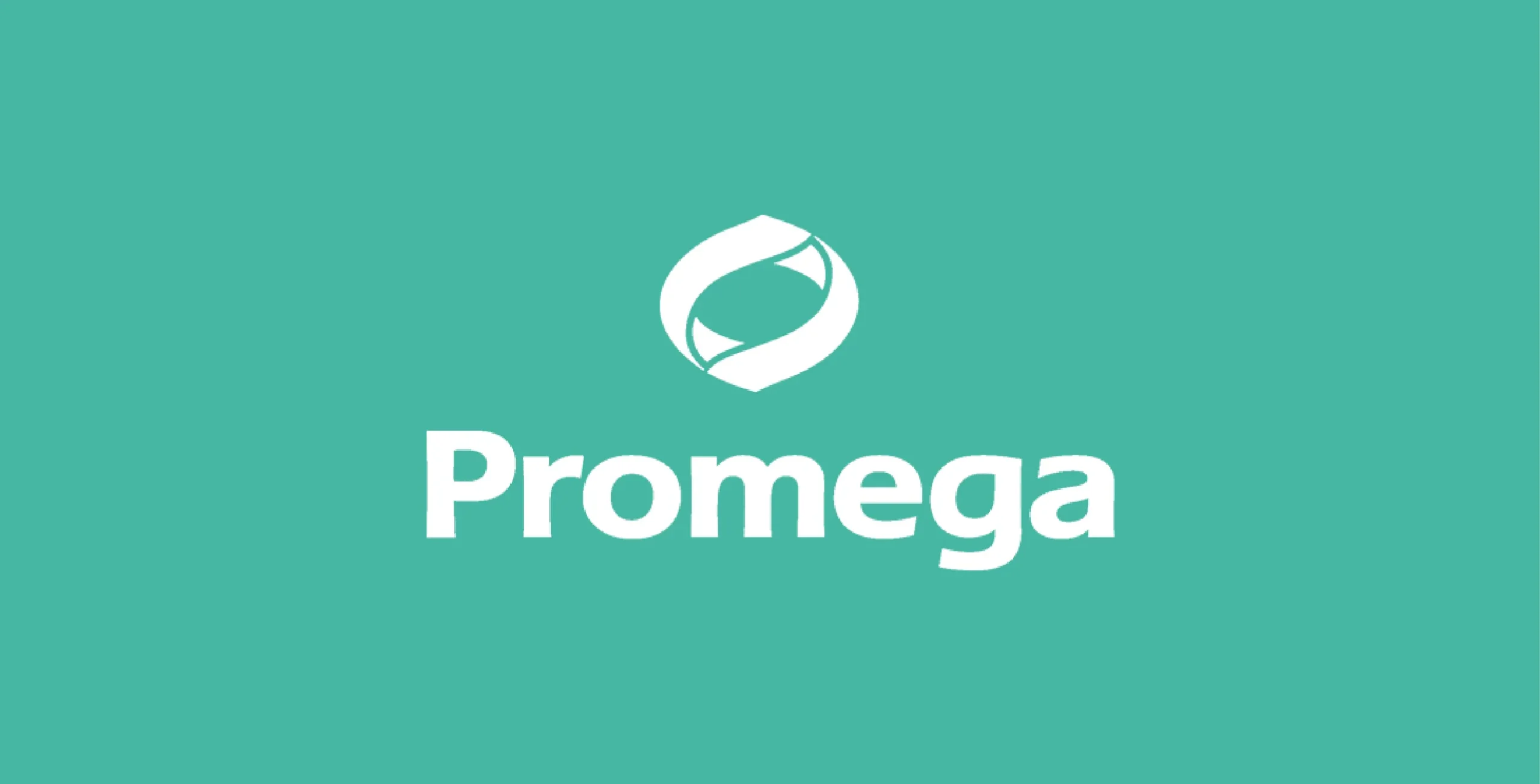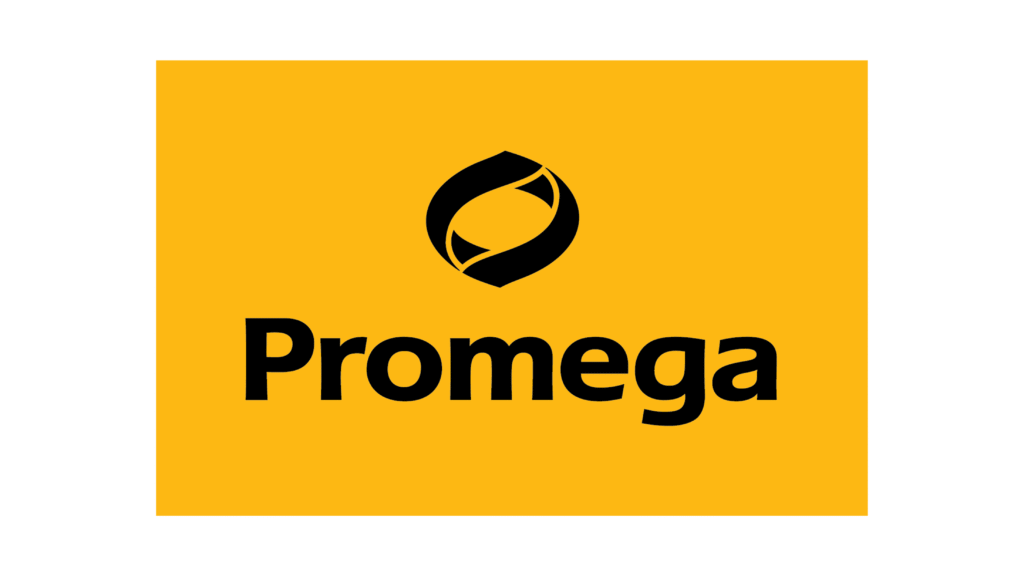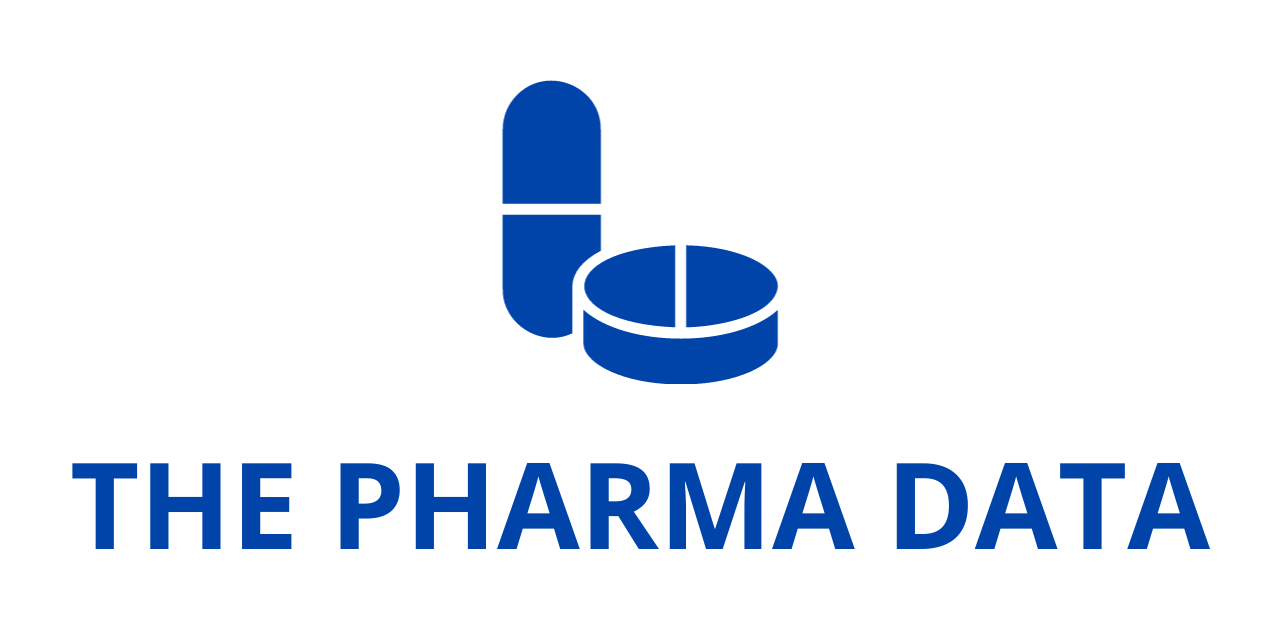
Promega and Aobious Reach Comprehensive Settlement in Patent Infringement Lawsuit Over Bioluminescent Technology
Promega Corporation and Aobious Inc. have officially concluded a contentious legal battle over bioluminescent reagent patents, reaching a settlement agreement that addresses a lawsuit involving proprietary furimazine compounds and their derivatives. The resolution brings closure to a case that has drawn considerable attention in the life sciences and biotechnology industries due to its implications for intellectual property rights surrounding cutting-edge research tools used in molecular and cell biology.
On July 15, 2025, the United States District Court for the District of Delaware entered a final Consent Judgment that formally acknowledged Aobious Inc.’s infringement of four patents held by Promega. The judgment not only affirms the validity of Promega’s intellectual property but also imposes a permanent injunction against Aobious, barring the company from further infringing activities. As part of the resolution, Aobious is required to make undisclosed monetary payments to Promega in accordance with confidential terms outlined in the settlement agreement.
Promega hailed the outcome as a significant validation of its commitment to defending the integrity of its intellectual property portfolio. Kevin Kopish, Associate Director of Cell & Protein Analysis at Promega, emphasized the broader importance of the legal victory for scientific innovation and research quality.

“Defending our intellectual property supports our mission of providing high-quality, innovative tools to scientists around the world,” said Kopish. “Acquiring bioluminescence reagents through authorized channels not only ensures that they are optimal quality, but it also supports our continued investment in developing new technologies to advance scientific research.”
A Legal Milestone in the Fight to Protect Bioluminescence Innovation
The legal proceedings that culminated in the July judgment focused specifically on furimazine, a chemical compound central to Promega’s bioluminescence-based technologies. Furimazine acts as a substrate for NanoLuc® luciferase—an enzyme developed and commercialized by Promega that has revolutionized how researchers detect biological activity at the molecular level.
Introduced in 2012, NanoLuc® luciferase is engineered to generate an extremely bright and stable luminescent signal upon interaction with furimazine. This reaction enables highly sensitive detection in live-cell assays, which are critical for studying complex biological processes such as protein-protein interactions, gene expression, signal transduction, and protein stability. Promega’s proprietary assay systems, including NanoBiT® and Lumit® technologies, harness the power of this enzyme-substrate pair to deliver advanced analytical capabilities to researchers across academia, biotech, and pharma sectors.
The infringing activities at the heart of the lawsuit centered around Aobious’s unauthorized involvement with furimazine and structurally related molecules, which Promega had patented and integrated into its product portfolio. By enforcing its patents through legal channels, Promega sought to prevent unlicensed use of its proprietary technology and safeguard the scientific integrity and commercial viability of its innovation pipeline.
The court’s judgment confirms that Promega’s patents were infringed and issues a permanent injunction to prevent future violations. The financial settlement ensures that Promega is compensated for the unauthorized use of its intellectual property, reinforcing the company’s position as a leader in the development and protection of next-generation research tools.
The Strategic Role of Furimazine and NanoLuc® in Modern Bioscience
Promega’s innovations in bioluminescence have had far-reaching effects on scientific discovery, enabling researchers to capture highly sensitive biological data with minimal background interference. Unlike older luciferase systems, NanoLuc® offers superior signal intensity, greater stability, and flexibility for use in a wide range of experimental formats. It can be used to monitor live-cell dynamics, detect protein binding events in real time, and screen for drug candidates in high-throughput systems.
Furimazine, the substrate molecule involved in this lawsuit, is essential for the function of the NanoLuc® system. The proprietary chemical structure of furimazine ensures optimal performance in Promega’s assays, allowing for consistent, reproducible, and robust luminescence signals across a spectrum of research applications.
Over the past decade, Promega has built an extensive suite of tools around NanoLuc® luciferase and furimazine, many of which have been licensed to strategic partners for use in specific applications such as gene editing, immunoassays, and synthetic biology. These partnerships help deliver tailored solutions for customers with specialized needs, including those working in cutting-edge fields like CRISPR gene editing, CAR-T therapy development, and biosensor engineering.
By controlling the manufacture, quality, and distribution of these key bioluminescent reagents, Promega ensures that scientists worldwide have access to high-performance tools that meet the rigorous standards required for reproducibility and innovation in research.
A Broader Investment in R&D and the Future of Bioluminescence
The conclusion of the legal dispute also shines a spotlight on Promega’s broader commitment to reinvesting in research and development. In 2024, the company allocated a substantial 13.8% of its total revenue to R&D activities—a figure that exceeds industry norms and reflects its long-term vision of scientific advancement.
This investment supports not only the continual refinement of existing platforms like NanoBiT® and Lumit® but also the development of entirely new technologies built on the foundational principles of NanoLuc®-based bioluminescence. Promega’s innovation engine is directed toward creating even more sensitive, flexible, and multiplexed tools for probing biological mechanisms at previously inaccessible levels of detail.
In an era where reproducibility, speed, and precision are paramount in life sciences research, Promega’s tools have become integral to many labs’ workflows. These innovations have facilitated breakthroughs in basic biology, disease modeling, drug development, and therapeutic screening. Furthermore, they have expanded into areas such as personalized medicine, diagnostics, and translational research.
By securing legal protections for these innovations, Promega not only ensures fair commercial use but also maintains the integrity and performance consistency that researchers rely on.
Intellectual Property Enforcement as a Cornerstone of Scientific Progress
The Promega-Aobious case serves as a prominent reminder of the critical role that intellectual property protection plays in the life sciences industry. The pathway from discovery to a fully validated research tool is long and resource-intensive, often requiring years of effort in molecular design, chemical synthesis, protein engineering, validation studies, and commercial scale-up.
For companies like Promega, patents represent the tangible outcome of this innovation process. They provide legal assurances that investments in groundbreaking tools—such as NanoLuc® and furimazine—can be recouped and sustained through lawful commercialization. When unauthorized actors enter the market with infringing products, it undermines not only business interests but also the quality, safety, and credibility of scientific research.
Promega’s decision to pursue litigation and reach a consent judgment reflects a broader industry imperative: protecting proprietary technologies so that they continue to fuel the next wave of scientific discovery. As the tools used in molecular biology grow increasingly complex and sophisticated, the enforcement of patent rights will remain essential for fostering innovation ecosystems that benefit researchers, healthcare providers, and patients alike.
With the lawsuit behind it, Promega is poised to continue its leadership in the development of high-performance bioluminescent technologies. The company’s mission is rooted not just in commercial success, but in empowering scientists to explore the unknown, test bold hypotheses, and accelerate discovery across fields as diverse as oncology, immunology, neuroscience, virology, and regenerative medicine.
Through ethical innovation, strategic partnerships, and a steadfast commitment to quality, Promega aims to ensure that every reagent, assay, and analytical system it delivers contributes meaningfully to the advancement of science. The resolution of this legal case further reinforces that vision, enabling the company to focus its efforts on what it does best—equipping the global scientific community with tools that illuminate the mysteries of biology, one bright signal at a time.




